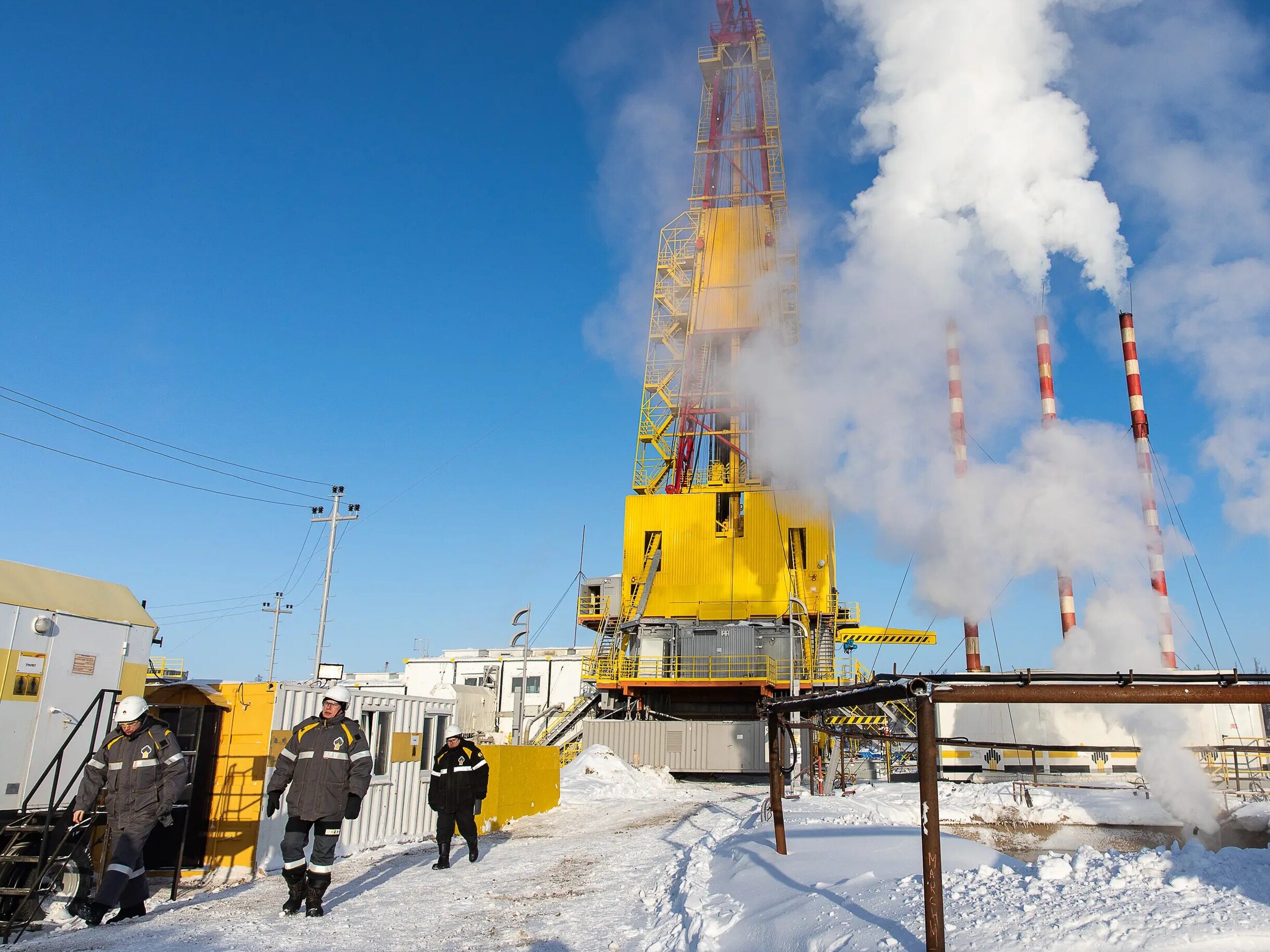
- When oil is no longer the blood of industry, it will be separated from the commodity attribute and will affect the petrodollar system
When oil is no longer the blood of industry, its financial attributes are separated from commodity attributes, which will affect the petrodollar system, and carbon neutrality will accelerate the trend of eliminating fossil energy, which will greatly impact the international currency status of the dollarThe new Israeli historian Yuval Harari wrote in "A Brief History of Humanity" that "the core of the industrial revolution is actually the revolution of energy conversion". Historically, the energy revolution has brought about the industrial revolution, but this "carbon neutral" energy revolution may also have an unprecedented impact on the world monetary system.
Since then US President Nixon announced in 1971 that the US dollar was no longer pegged to gold, the Bretton Woods system collapsed, and the global monetary system entered the era of sovereign credit currency. The collapse of the Bretton Woods system caused the dollar to depreciate against the currencies of the world's major countries to varying degrees, and the dollar's international currency status was threatened. The fourth Middle East war broke out in 1973, which brought oil crisis and economic crisis to Western countries. The important position of international crude oil strategy as "industrial blood" is self-evident. However, after the U.S. dollar delinked from gold, the relative purchasing power of the U.S. dollar against oil fell sharply. Under such circumstances, in 1974, the United States offered Saudi Arabia military aid in exchange for Saudi Arabia and later OPEC agreeing to use the U.S. dollar as the sole currency for oil pricing and trade settlement.
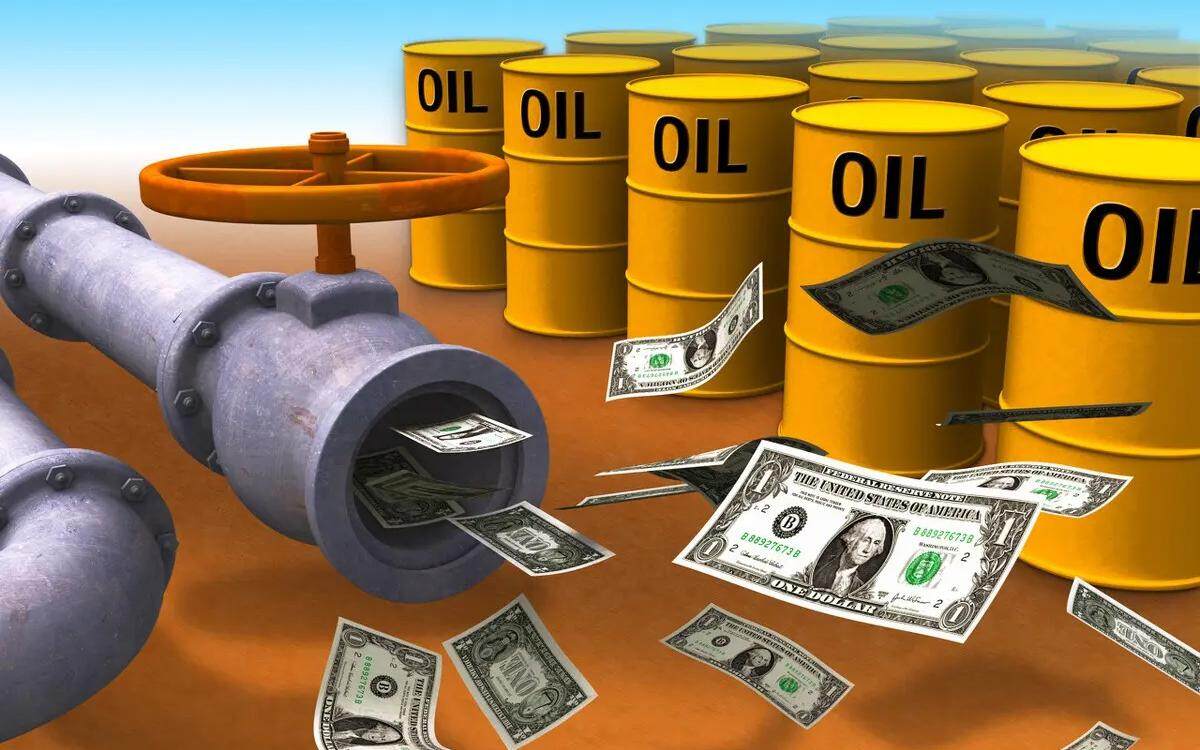
As a result, under the unfavorable conditions that the dollar decoupled from gold and the devaluation threatened its international currency status, the United States took the oil crisis as an opportunity to link the dollar to oil, successfully saving the dollar's world currency hegemony. However, under the hard constraints of global carbon emission reduction and the goal of "carbon neutrality", traditional energy sources such as petroleum and coal will gradually withdraw in about half a century, and the age of fossil energy will eventually be eliminated by the new energy revolution. At present, nearly 30 countries around the world, including Finland, Austria, Iceland, Sweden, China, the European Union, Canada, the United Kingdom and the United States, have announced their "carbon neutrality" schedules. When oil is no longer "industrial blood" and its financial attributes are separated from commodity attributes, how will it affect petrodollars? In what ways does "carbon neutrality" affect the world monetary system?
The instability and inherent flaws of the petrodollar system
The "double-pegged mechanism" of the Bretton Woods system - the dollar is pegged to gold, and other currencies are pegged to the dollar, has achieved the dollar's dominance of the world currency. However, the inherent defect of the US dollar as an international currency - Triffin's paradox, eventually led to the collapse of the Bretton Woods system. When the U.S. dollar is used as the currency of denomination and settlement in global international trade, as well as the sovereign wealth and reserve currency, the depth and breadth of the use of the U.S. dollar by countries around the world is expanded. When the global financial market was underdeveloped, countries in the world mainly relied on trade to realize the exchange of commodities and currencies. If peer-to-peer trade does not always match, especially when OPEC countries had a large oil trade surplus with the United States in the 1970s, the channels for currency return were limited and the return efficiency was low, causing a large amount of dollars in the United States to settle offshore. As a major oil importer, when the international crude oil price rises, the United States has a persistent deficit in its current account. If the capital account surplus cannot cover its current account deficit, the U.S. balance of payments will continue to have a deficit, and the balance of payments deficit will lead to instability in the dollar value. The United States must reduce the money supply to maintain exchange rate stability. On the other hand, if the United States wants to maintain the international currency status of the US dollar, it must meet the demand for US dollars from all countries in the world. As the world's demand for dollars expands, the Fed must keep increasing the supply of dollars. The inherently contradictory conundrum of the dollar is known as the "Triffin Dilemma".
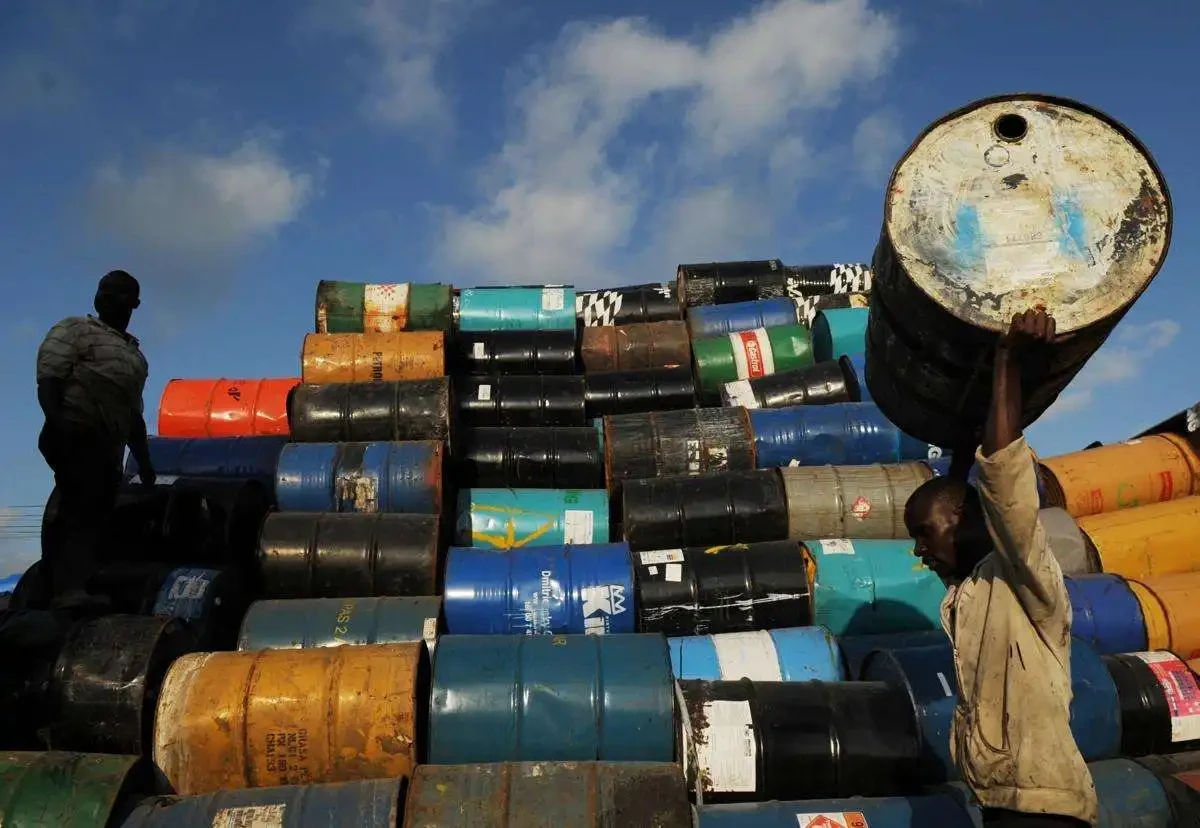
The existence of the "Triffin Dilemma" made the U.S. dollar gold standard unsustainable under the Bretton Woods system and eventually collapsed. After that, the United States took advantage of the oil crisis to successfully link the US dollar to oil, the "blood of the national economy". However, the petrodollar also has the "Triffin problem", which is one of the inherent sources of instability in the petrodollar system. Oil is not a renewable energy source, and like gold, global reserves and supply are limited. With the continuous improvement and development of the global financial system, oil is no longer limited to commodity attributes. As one of the most important commodities in the international financial market, the significance of its financial attributes has gone beyond commodity attributes. Financial attributes also make the pricing power of international crude oil transferred from the Middle East to the City of London and Wall Street in the United States. By controlling the petrodollar, the United States indirectly controls oil. If oil-exporting countries expand production, the price of oil will fall, and the relative purchasing power of the petrodollar will increase. The expansion of crude oil production and the appreciation of the petrodollar cannot have both. In addition, the expanding global oil trade has increased the demand for petrodollars. The supply of oil production is influenced by the complex geopolitics of the Middle East and is not controlled by the United States. If OPEC expands production and oil prices fall, the demand for petrodollars will increase, and the United States will passively expand the supply of dollars, so the dollar may face depreciation. USD The United States faces a dilemma between maintaining the stability of the petrodollar currency and meeting the purchasing power of the petrodollar world. In addition, with the rapid development of global financial transaction intermediaries, the return of petrodollars is no longer limited to trade, and more and more returns to the United States through capital projects, such as securities investment, US debt and other channels.
Secondly, after the birth of the euro in 1999, the international status of the dollar was weakened to a certain extent. As the international reserve currency, the proportion of the United States in the world's total foreign exchange reserves has dropped from a peak of 72.3% in the third quarter of 2000 to 59.02% in the fourth quarter of 2020 (data from the IMF's official website). Due to the gradual increase in the share of global allocated foreign exchange reserves (Allocated Reserves), the proportion of global dollar reserves in the total share of allocated foreign exchange reserves dropped from 92.33% in the first quarter of 2000 to 63.14% in the fourth quarter of 2020. After the birth of the euro, The share of US dollars in global foreign exchange reserves has dropped significantly. In addition, as a means of cross-border payment, the international status of the US dollar once gave way to the euro. According to SWIFT data, in January 2012, the euro became the world's largest cross-border payment currency, and the euro accounted for 44% of the international payment currency market share, higher than the US dollar's 29.73% share. Although the U.S. dollar is currently returning to the number one cross-border payment currency, the gap between the euro and the U.S. dollar in the share of cross-border payments is getting smaller and smaller after the Fed's ultra-quantitative easing policy in the second quarter of 2020. The market share of cross-border payments in USD and EUR in the first quarter of 2021 was 39.43% and 35.77%, respectively, a difference of only about 4 percentage points.
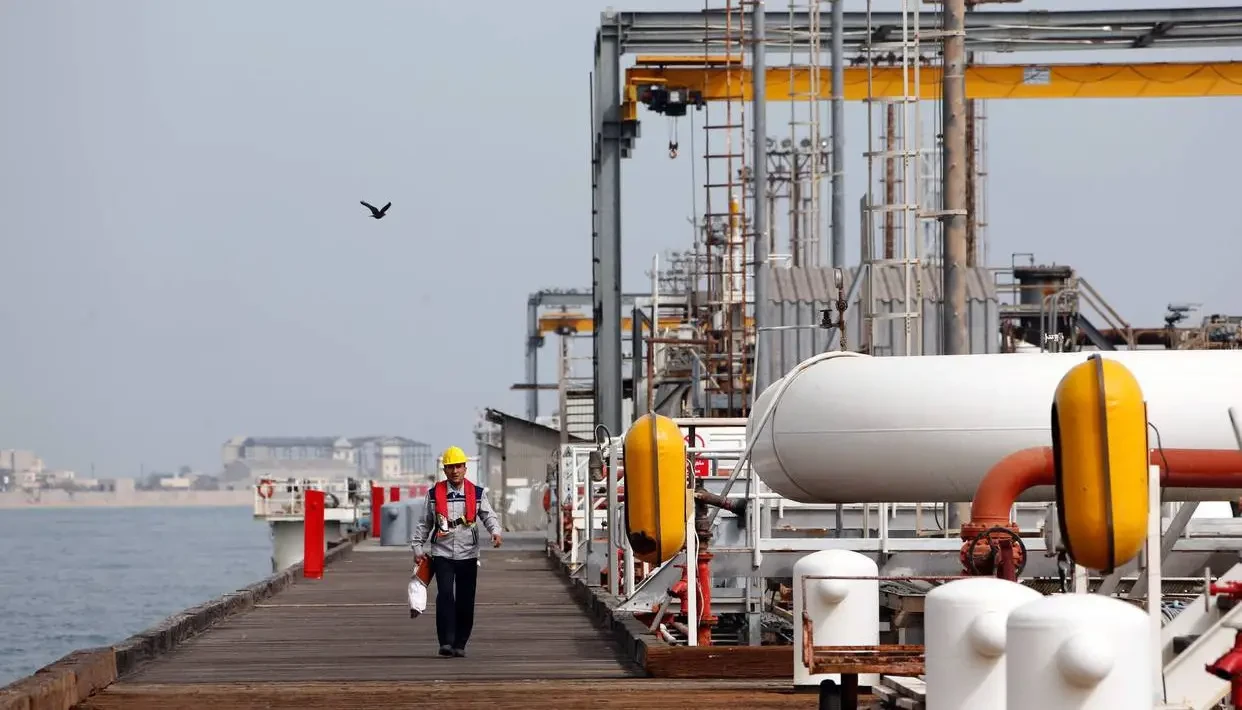
Third, petrodollar is an important component of the offshore dollar market in addition to eurodollars. The interest rate benchmark of petrodollar refers to the London Interbank Offered Rate (LIBOR), and the pricing benchmark of petrodollar is determined by the quotation bank designated by the British interbank. Although since the LIBOR scandal, the management of LIBOR was transferred from the British Bankers Association to the Intercontinental Exchange of the United States, and the pricing power of the offshore dollar returned to the United States from the United Kingdom. However, from the 1970s to 2013, for nearly 40 years, the interest rate benchmarks for offshore dollar-related credit agreements, options and other derivatives-linked interest rate benchmarks were all in the UK, which played a certain role in the precipitation of petrodollars. The assisting role is not conducive to the return of petrodollars.
Fossil energy is the general trend under the background of "carbon neutrality"
Oil has become the "blood of industry" since the Second Industrial Revolution. The first oil crisis that broke out in 1973 further highlighted the strategic significance of oil. According to the BP Energy Statistical Yearbook data, in 1973 OPEC crude oil reserves were 405.087 billion barrels, accounting for 69.5% of the world's proven reserves; in 1980, OPEC oil exports accounted for 66.22% of the world's total oil exports (data from OPEC official website).
However, the third industrial revolution represented by new energy sources such as photovoltaics and hydrogen energy and the general trend of global green and low-carbon development will eventually change the traditional fossil energy pattern. Since 1992, three international legal texts have been promulgated and entered into force successively: the United Nations Framework Convention on Climate Change, the Kyoto Protocol and the Paris Agreement, representing a new pattern of global climate governance. Compared with the pre-industrial period, the global average temperature rise should be controlled within 2 degrees Celsius, and efforts should be made to limit the temperature rise to within 1.5 degrees Celsius. The control of greenhouse gases is more specific and stricter. This goal will reduce global fossil energy production. And hard constraints on consumption are on the agenda.

In 2020, China made a commitment to "strive to peak carbon emissions by 2030 and achieve carbon neutrality by 2060". Major developed countries in the world have also made specific strategic arrangements for "net zero emissions" and "carbon neutrality": the Austrian government has pledged to achieve climate neutrality by 2040. Countries such as the European Union, the United States, Canada, France and Germany have also announced 2050 greenhouse gas-neutral climate goals. According to the data of the International Energy Agency (EIA), the total amount of carbon dioxide generated by energy consumption in the world in 2018 was 3,622.1 billion tons, of which the United States, the European Union and China were 528.4 billion tons, 429.5 billion tons, and 1,063.3 billion tons, accounting for the world's carbon dioxide emissions. The proportion of the total is 14.58%, 11.86% and 29.35% respectively. China and the United States are the countries with the highest total carbon dioxide emissions and carbon dioxide per capita emissions, respectively.
In terms of global energy consumption, the world's primary energy consumption structure is still dominated by crude oil. According to IEA data, in 2020, crude oil and crude oil-related products, coal, natural gas, bioenergy and wind energy accounted for 52.49%, 12.89%, 20.88%, 13.12% and 0.63% of primary energy consumption, respectively. Compared with the data in 1990, the proportion of natural gas and wind energy in primary energy consumption increased while the proportion of coal and oil decreased. In terms of global energy supply, crude oil, coal, natural gas, bioenergy, nuclear power, hydropower and wind energy accounted for 31.49%, 26.88%, 22.84%, 9.29%, 4.95%, 2.54% and 2.01% respectively in 2018. Energy production is still dominated by fossil energy, with oil, coal and natural gas accounting for absolute proportions.
From the perspective of China's energy production structure, raw coal is the main source, and oil and natural gas production accounts for a small proportion. In 2019, raw coal accounted for 68.6%, hydropower, nuclear power and wind power accounted for 18.8%, crude oil and natural gas accounted for 6.9% and 5.7% respectively (data from the National Energy Administration). From the perspective of China's energy consumption structure, raw coal and crude oil are the main sources: in 2019, raw coal, crude oil, hydropower, nuclear power, wind power and natural gas accounted for 57.7%, 18.9%, 15.3% and 8.1% respectively. After 2010, China's clean energy accounted for more than 10%, and the proportion continued to increase, and the corresponding proportion of fossil energy declined. China is a major energy importer, and China's energy imports are mainly based on fossil energy such as coal, oil and natural gas. According to the data of China Carbon Accounting Database (CEADs), in 2017, China exported about 37.27 million tons of carbon dioxide and imported 1.884 billion tons of carbon dioxide.

According to the current voluntary commitments of most countries in the world, if developed countries achieve carbon neutrality by 2050 and developing countries achieve greenhouse gas neutrality by 2060-2070, the primary energy consumption will first phase out coal, and then gradually transition to petroleum and natural gas. Therefore, crude oil and related products may withdraw from the primary energy system in the next half century or so! If crude oil is no longer the "blood of industrial production", then the US dollar will cease to exist as a carrier of world currency pegs, so the meaning of petrodollars will be very limited. As a component of the offshore dollar, the petrodollar is also a crucial link in the return of the dollar, and an important carrier of the dollar as a world currency. When the commodity attribute of oil disappears, the financial attribute of oil will no longer be important, the dollar-pegged oil will no longer have substantive significance, and the petrodollar will not be able to play a role in the offshore dollar return system, and will indirectly affect the Eurodollar system. It will greatly impact the international currency status of the US dollar.
RMB internationalization is essential to develop offshore market
Half a century later, if the dollar-pegged oil becomes a thing of the past, it does not rule out the possibility of the United States pegging the dollar to some hard currency or industrial necessities again, such as chips, such as carbon emission rights.
For China, the path of RMB internationalization under the trend of "carbon neutrality", rather than developing petro-renminbi with countries such as Russia and Iran, it is better to explore new hard currency with global rigid demand and strengthen the pricing power of the renminbi over it. Such as rare earth renminbi.

Secondly, an international currency must build an efficient offshore financial market, increase the participation of global investors in the offshore RMB market, and improve the offshore RMB return mechanism. Due to different systems, there may be illegal activities such as money laundering, evasion of supervision, and tax evasion in the offshore RMB market. However, an offshore market without any speculative behavior may hardly become a world offshore center supported by global capital. An internationally competitive global offshore RMB market requires a healthy and efficient offshore RMB return mechanism.
Third, we should enrich offshore RMB onshore investment channels and diversify the development of offshore RMB investment tools. Finally, the supervision of the offshore RMB market must be strengthened to prevent illegal activities such as money laundering and tax evasion. However, laws should also be introduced to protect the legal rights and information and data privacy of offshore RMB investors. Editor / Xu Shengpeng
Comment
 Praise
Praise
 Collect
Collect
 Comment
Comment
 Search
Search



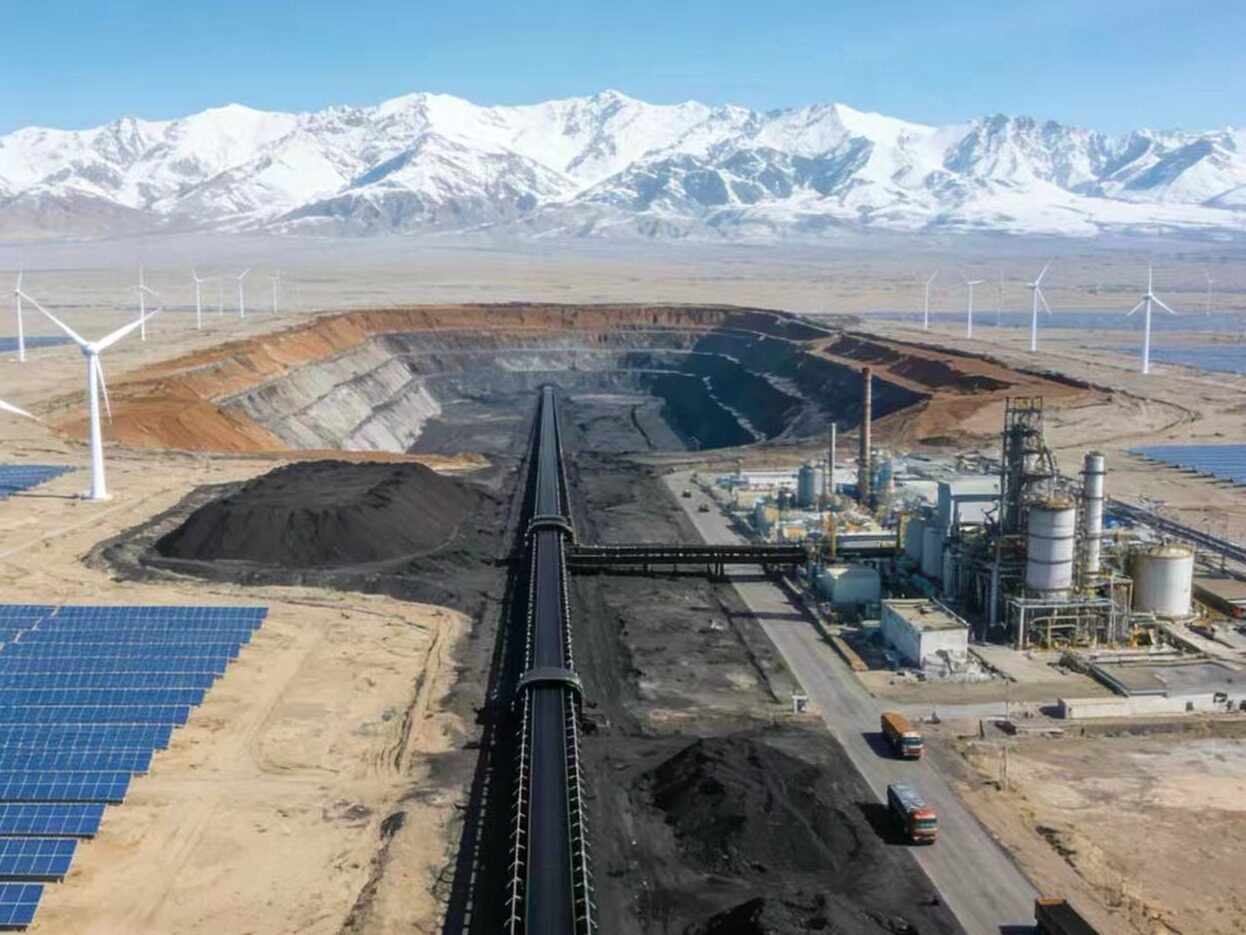

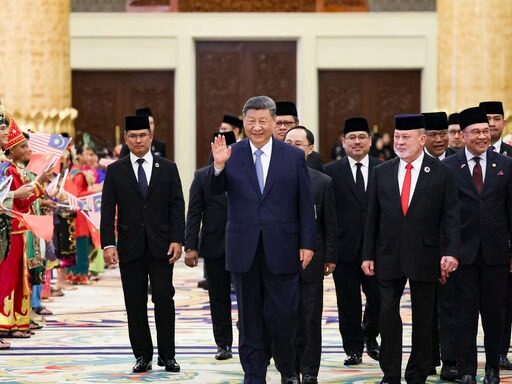








Write something~